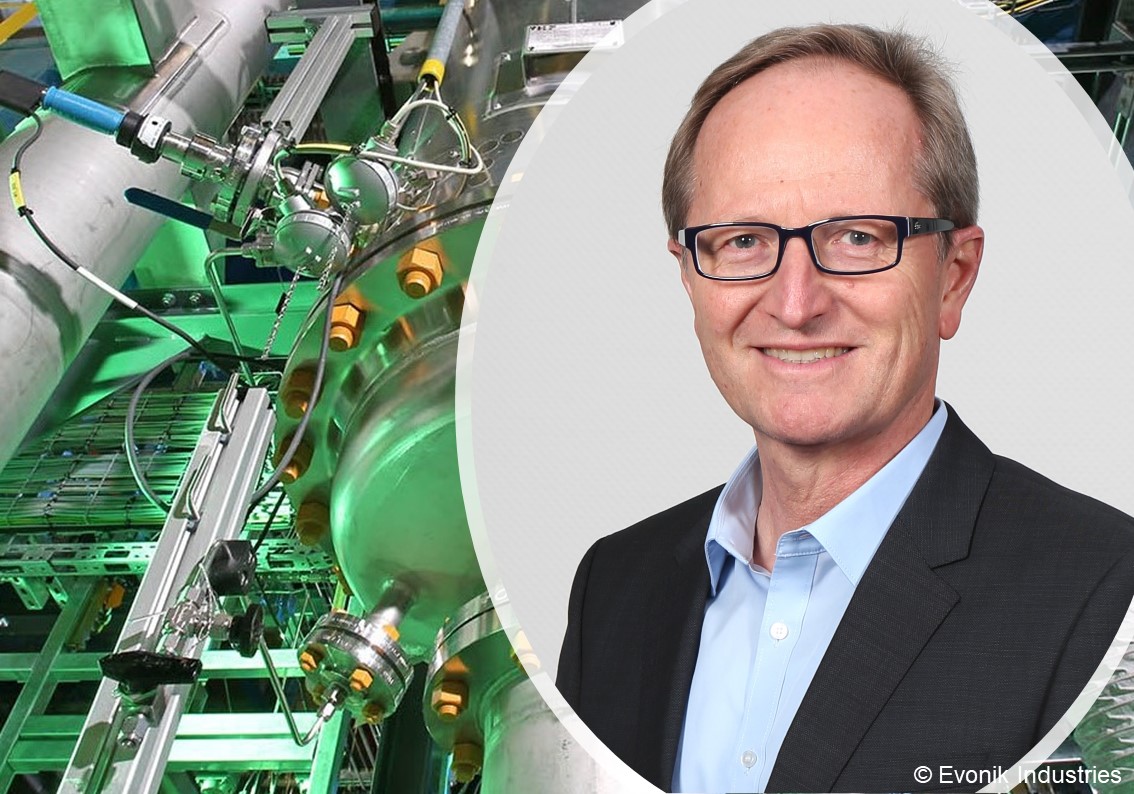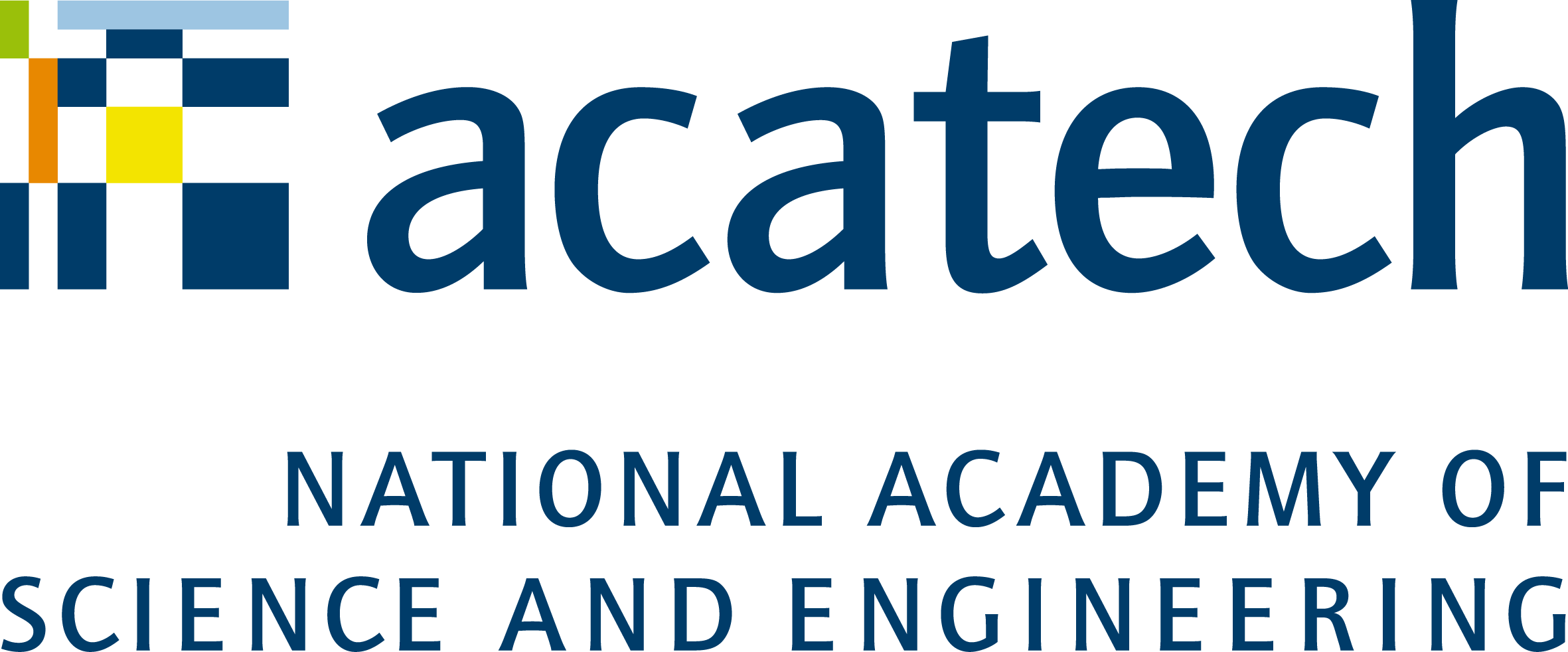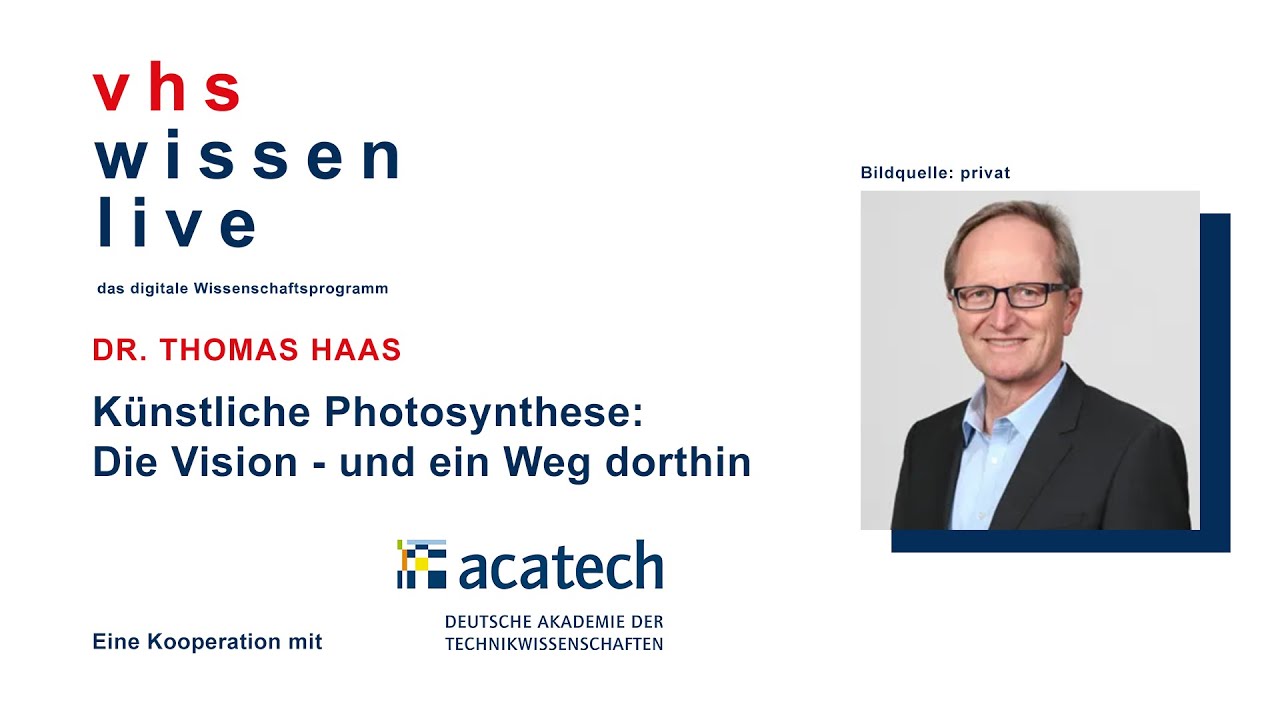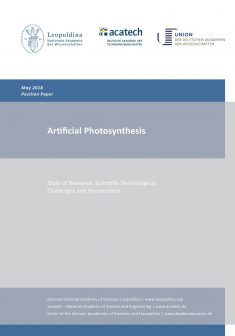Artificial photosynthesis: the vision – and the means to achieving it

Munich, 27 October 2023
How can the chemicals industry be more climate-friendly and reduce its use of fossil resources? Nature serves as the blueprint: plants are able to use photosynthesis to produce valuable resources from sunlight and CO2. The Rheticus industry project is taking this process as an example, combining electrolysis with biocatalysis. Thomas Haas, Evonik Creavis, explained this process at acatech am Dienstag in collaboration with vhs.wissen live, and demonstratively showed which products can be produced in this way. It is clear: artificial photosynthesis is even better than natural photosynthesis when it comes to energy efficiency and water consumption.
Recording of the talk (in German)
Duration: 1 hour 4 minutes 13 seconds
Up to minute 37:45 Presentation by Thomas Haas, Rheticus project manager at Evonik Creavis
From minute 38:00 Answering questions from the audience
Artificial photosynthesis has been a topic at acatech for ten years, leading to many different publications, said Jan Wörner in his welcoming speech. In the academic publication “Artificial Photosynthesis. State of Research, Scientific-Technological Challenges and Perspectives” from 2018, artificial photosynthesis was defined as follows:
“Artificial photosynthesis serves to produce chemical energy carriers and valuable products using sunlight as the sole energy source in integrated apparatuses and systems.
The particular strength of this approach lies in the provision of renewable energy stored in material form which can be stockpiled and transported.
This is achieved by mimicking a central principle of the biological model: combining light-induced charge separation with catalytic processes for the production of energy-rich compounds.”
acatech et al. (Hrsg.) (2018): Artificial Photosynthesis. State of Research, Scientific-Technological Challenges and Perspectives, p. 9
Thomas Haas, the expert of the evening and manager of the BMBF-funded Rheticus Project at Evonik Creavis, started his talk by shortly touching on plant-based photosynthesis, which serves as the basis for artificial photosynthesis. Photosynthesis takes place in the leaves of plants and is a chemical reaction whereby water (H2O) and carbon dioxide (CO2) are absorbed by the plant and then, with the help of energy from sunlight, are converted to oxygen (O2) and glucose (C6H12O6), he said. As a plant needs about 200 kilograms of water to absorb one kilogram of carbon dioxide, the process does not work in dry regions. Despite this, the process of photosynthesis itself is so perfect that humans could not have made it any better. For industrial use, however, the water consumption and energy efficiency have to be improved.
Innovative technology from Rheticus
This is where the innovative technology from Evonik and Siemens Energy comes into play, with the joint research project Rheticus. The aim is to develop an efficient and high-performance trial facility for winning special chemicals from carbon dioxide and water as well as from electricity from renewable sources and bacteria, said Thomas Haas. The facility consists of an electrolyser and many steel pipes, including a bioreactor. In the electrolyser, water is converted into hydrogen with the use of electricity. This hydrogen and carbon dioxide then convert bacteria into chemicals in a bioreactor. The purified chemicals are then converted further into carbon-dioxide-based products. The aim is to remove carbon dioxide from the atmosphere – carbon dioxide is one of the main drivers of climate change – and replace crude-oil-based products with products made from carbon dioxide. A further benefit to highlight is that this production process, according to Thomas Haas, does not create heat as a byproduct.
Products made from artificial photosynthesis
With the help of artificial photosynthesis, a wide range of products can be produced, said Thomas Haas. These include, for instance, oil additives and biodegradable lubricants for motor oil, for detergents, and for cosmetic substances in shampoos or creams. Thomas Haas listed animal feed and raw materials for paint as potential products. It must be noted that products won from artificial photosynthesis are around twice as expensive as conventional oil-based products. For this reason, it is important to find customers and providers who are willing to pay the higher price as well as to generate markets which need and buy these new products.
Further information
- Video “Learning from Leaves” from the magazine Nature
- Creavis website







